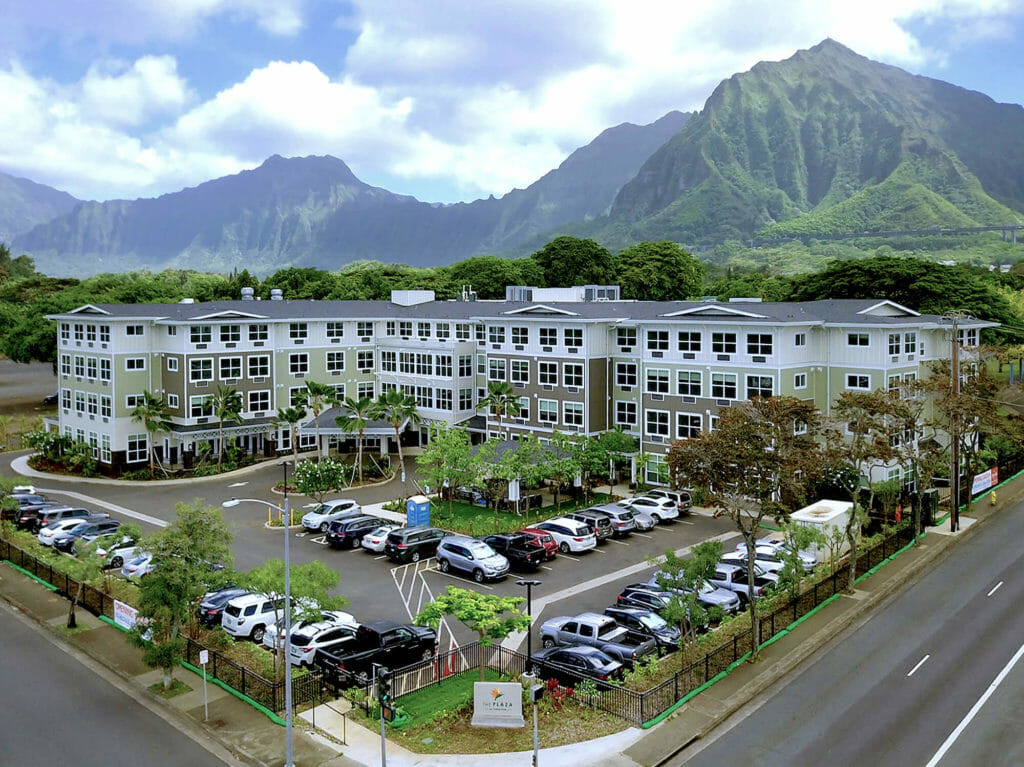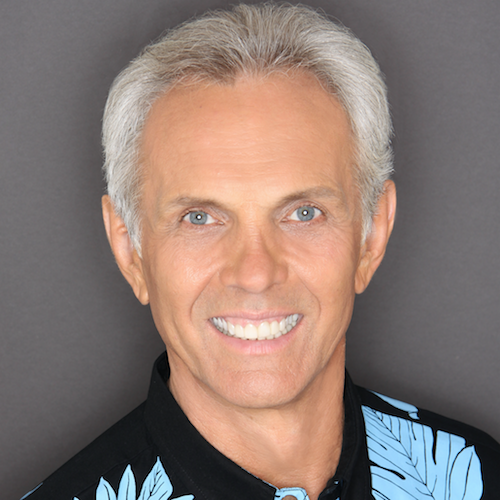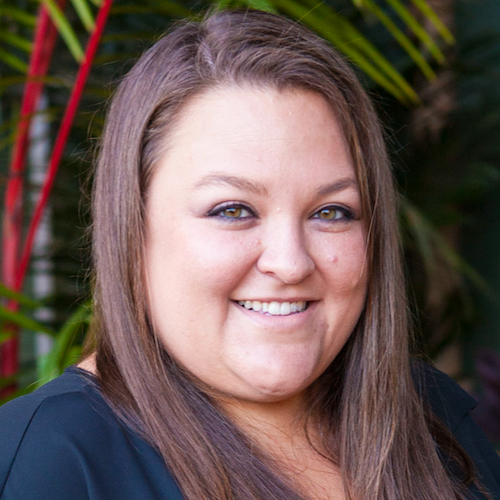
Hawaii may seem like a paradise to those who live hours away on the mainland. And in some ways, it is.
But senior living and care businesses operating in the 50th state face some of the same challenges that those in the other 49 face — with some rather unique circumstances.

The state, according to Healthcare Association of Hawaii President and CEO Hilton R. Raethel, MPH, MHA, has a high cost of living, net negative population growth but a growing elderly population as younger people leave for schooling or work on the mainland and don’t return, a remote location that limits the pool of workers from which employers can draw, and one of the lowest unemployment rates in the United States (2.8% in July compared with 3.7% for the entire country, according to the Department of Labor), which puts extra pressure on employers.
It was against this backdrop that the association — which represents more than 170 assisted living facilities, skilled nursing facilities, home care companies, hospices and hospitals — decided to conduct its first survey assessing healthcare staffing and education needs in the state. The HAH Healthcare Workforce Initiative report took approximately 18 months to complete.
HAH, a state affiliate of the American Health Care Association and the National Center for Assisted Living, among other organizations, queried participants — representatives of member facilities as well as payers, the Department of Health and educational institutions — about workforce and related education issues. The organization found that of 76 nonphysician, patient- / resident-facing professions identified, no Hawaii-based education or training programs exist for 19 of them.
“We identified over 200 separate programs offered by our members across the state of Hawaii,” Raethel told McKnight’s Senior Living. “They’re doing this for a variety of reasons, but one is that there’s not enough supply out there in the market.”
The association also found that, all told, more than 2,200 healthcare jobs are open across the state, with an average vacancy rate of 10% and most positions taking six to 12 months to fill. Fifty-six percent of the jobs are outside of hospitals, in areas such as long-term care.
Assisted living facilities, according to survey results, have the highest number of open positions for certified nursing assistants, personal care assistants and home health aides, whereas skilled nursing facilities have the highest need for CNAs, followed by registered nurses and licensed practical nurses.
Firsthand experience

Tricia Medeiros, chief operating officer for The Plaza Assisted Living, which has grown from one to six communities in the past 17 years, has experienced the issues firsthand.
“The worry never was that we weren’t going to get residents. It was about getting staff,” she told McKnight’s Senior Living. Her communities range in size from 128 to 160 beds.
The newest location, the 143-bed Plaza at Kaneohe, opened earlier this month.
“We actually had to tier our admission due to staffing. We moved in independent residents and then we moved in assisted living and Hali’a memory care residents,” she said. “Unique to that building, we have nonambulatory extended care, which we have delayed opening to the next month just to ensure that we have the staffing for that particular program. …We can’t just move in as many people as we want. We have to make sure that we can care for them.”
Some other strategies her company has found helpful, Medeiros said, include creating a school (called Plaza University) to train and certify employees — “so we really concentrate on hiring for personality,” promoting from within, allowing employees to work for competitors, and using staffing agencies if necessary, but collaborating on training agency workers, if needed.
Next steps
With this report completed, HAH already is undertaking steps to address the issues that were identified.
That effort, Raethel said, includes ensuring that others know about careers in healthcare and long-term care.
“Part of our approach is to talk to the high school principals, the health academy principals and parents, and get the message out there in the media, that healthcare as a very viable, rewarding career,” he said.
HAH also is working with educational institutions, from high schools to community colleges to four-year colleges, to try to develop educational programs.
“One of our goals here is to better match the output of all of these educational institutions, whether that’s secondary or post-secondary institutions, with the demand,” Raethel said.
“We quantified this need across the state, so we have some concrete numbers that we can talk to our educational institutions about in terms of demand,” he added. “Because is this is no longer anecdotes. This is industry-generated data and has a high degree of validity.”
The association, Raethel said, also is in discussions with the five nursing programs in the state to see whether they can add opportunities for students to be exposed to long-term care through practicums. The nursing programs currently focus on acute care and passing the NCLEX exam, Raethel said.
“The goal would be to have some tracks within these programs, so that their practicum experience can be, for example, in a skilled nursing facility or an assisted living facility, so that they get exposed to nonacute settings and have already had some experience and training when they graduate from the nursing program,” he said.
HAH also will work to encourage providers to come together to educate workers.
“For example, maybe Tricia is offering a certain type of training in her facility and can accommodate some members of another facility,” Raethel said. “And then another facility would have a different type of program, and maybe Tricia could send some of her workers there, so that we’ve got this coordination and collaboration going on across facilities to do this additional certification, additional training.”
The association also is connecting with similar groups across the country, to learn from their experiences.
HAH plans to conduct a similar workforce and education survey every two years, breaking down the data by island in the future, to adapt to changing needs, Raethel said.



